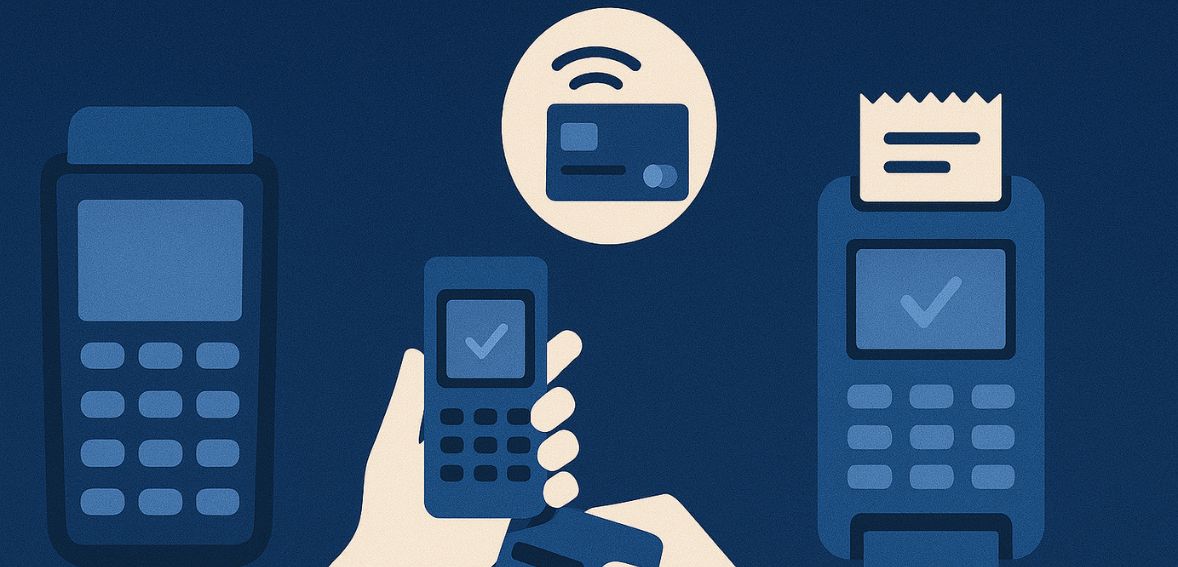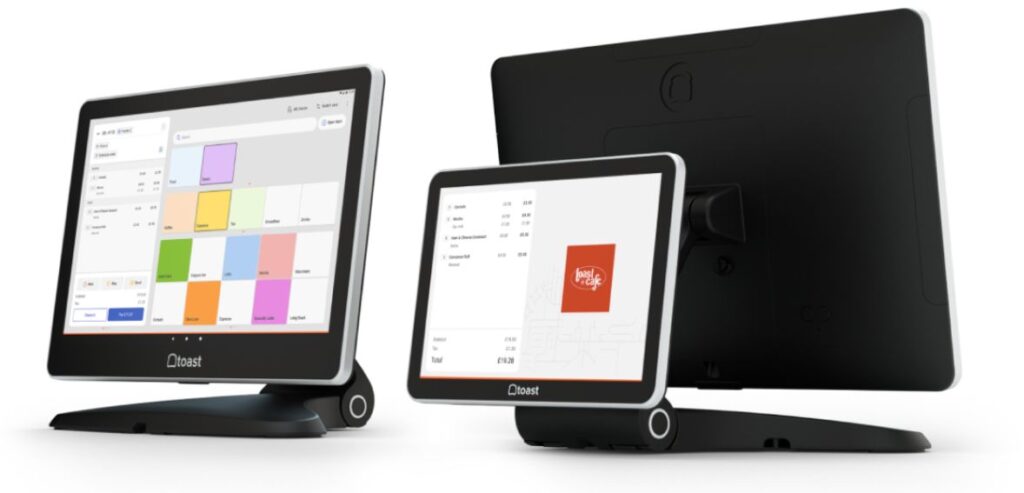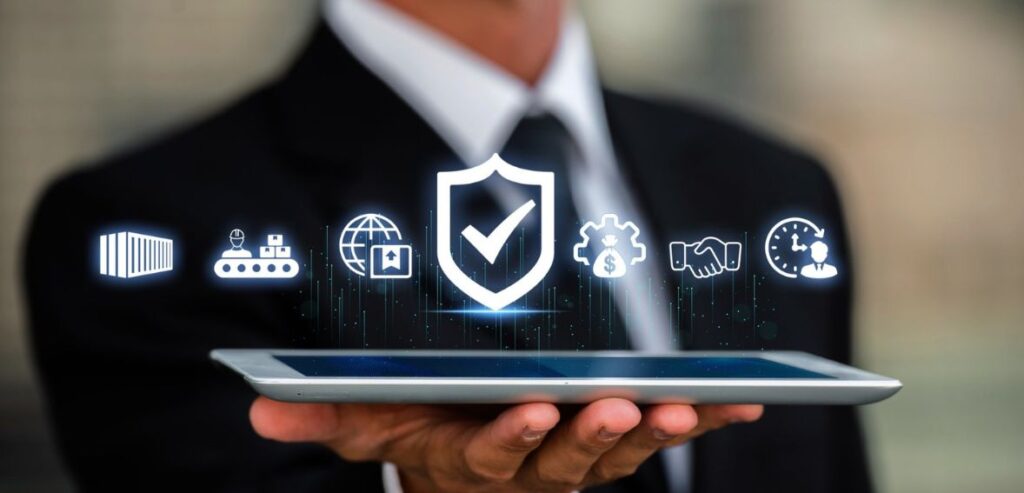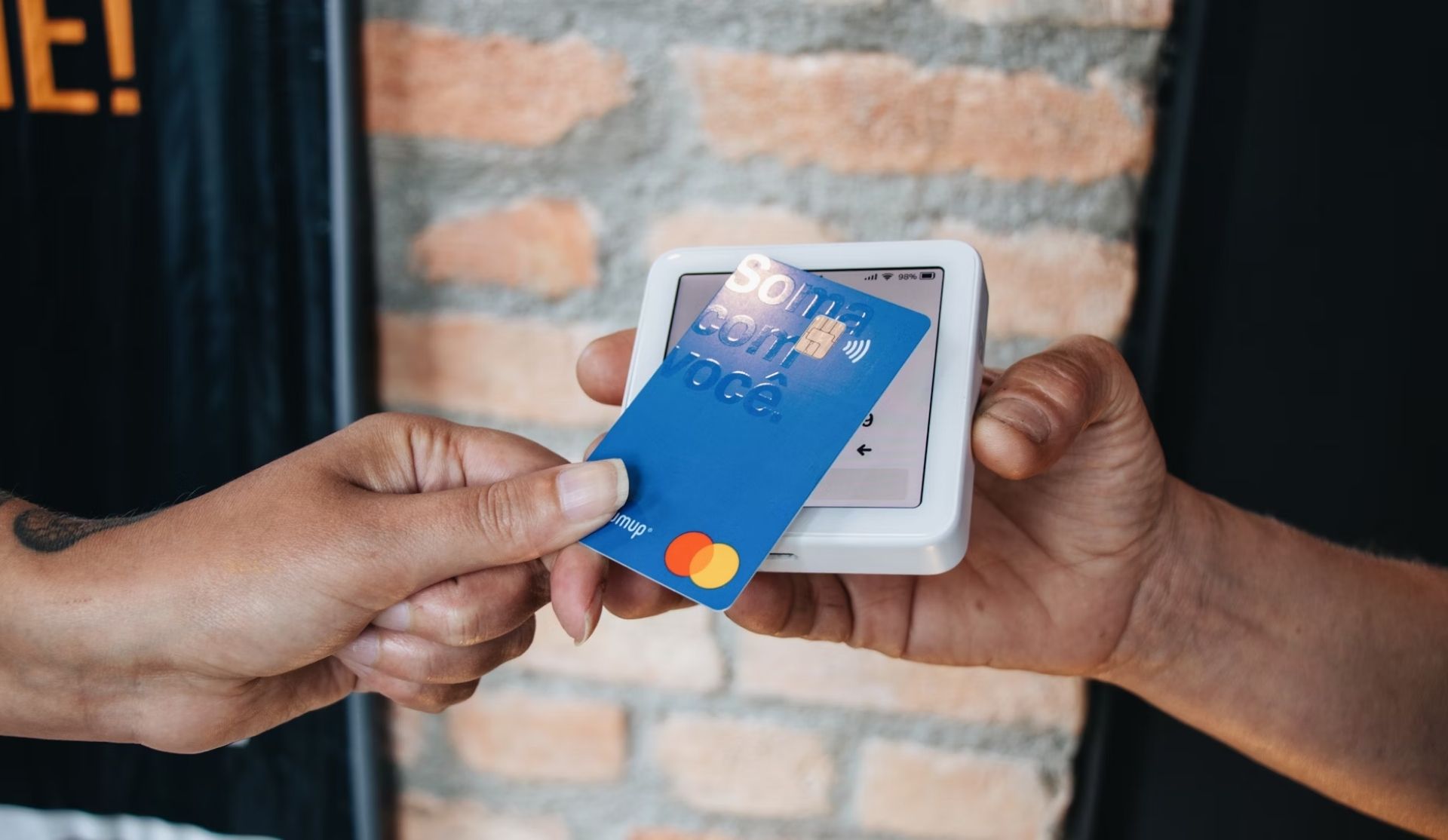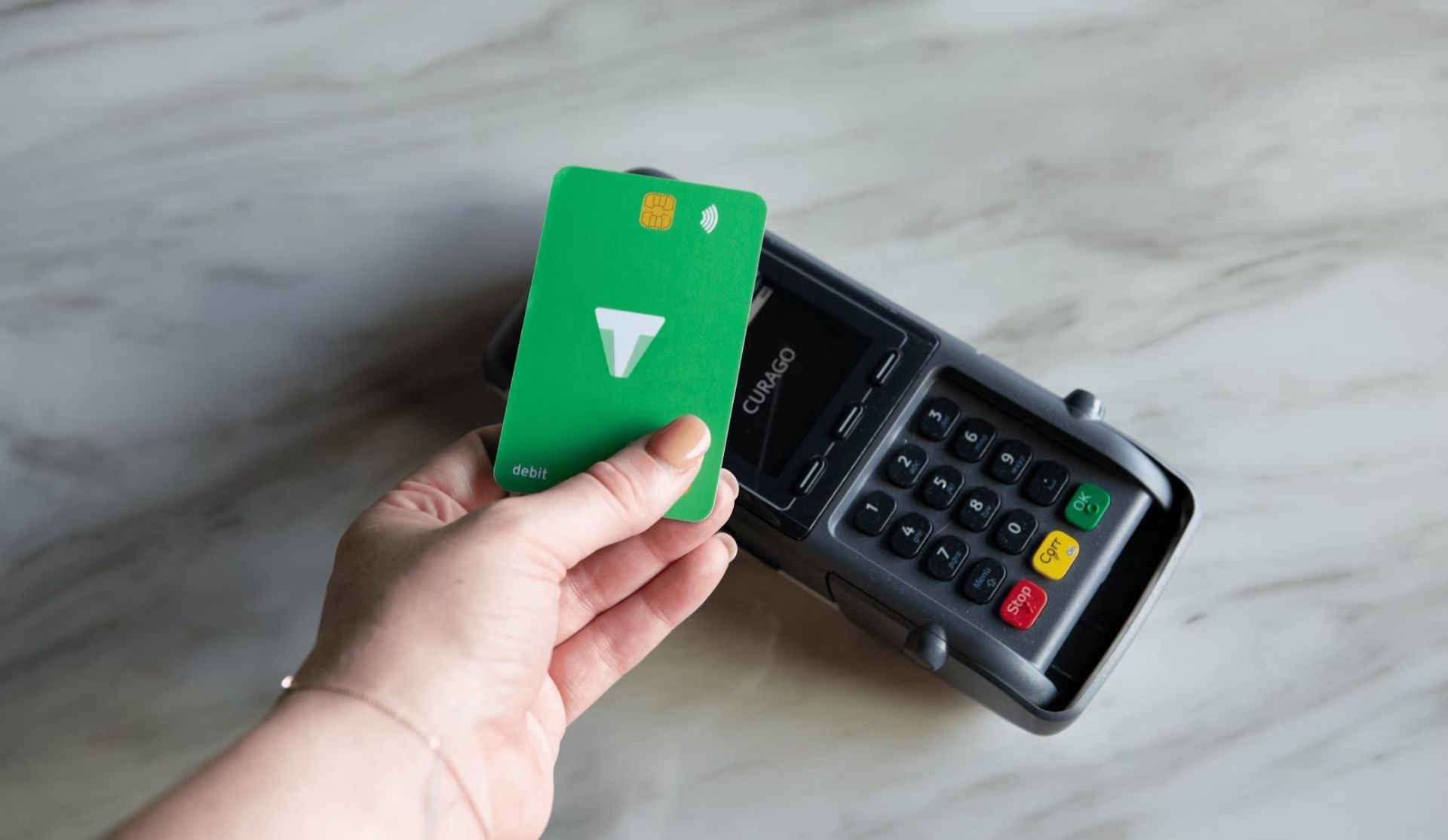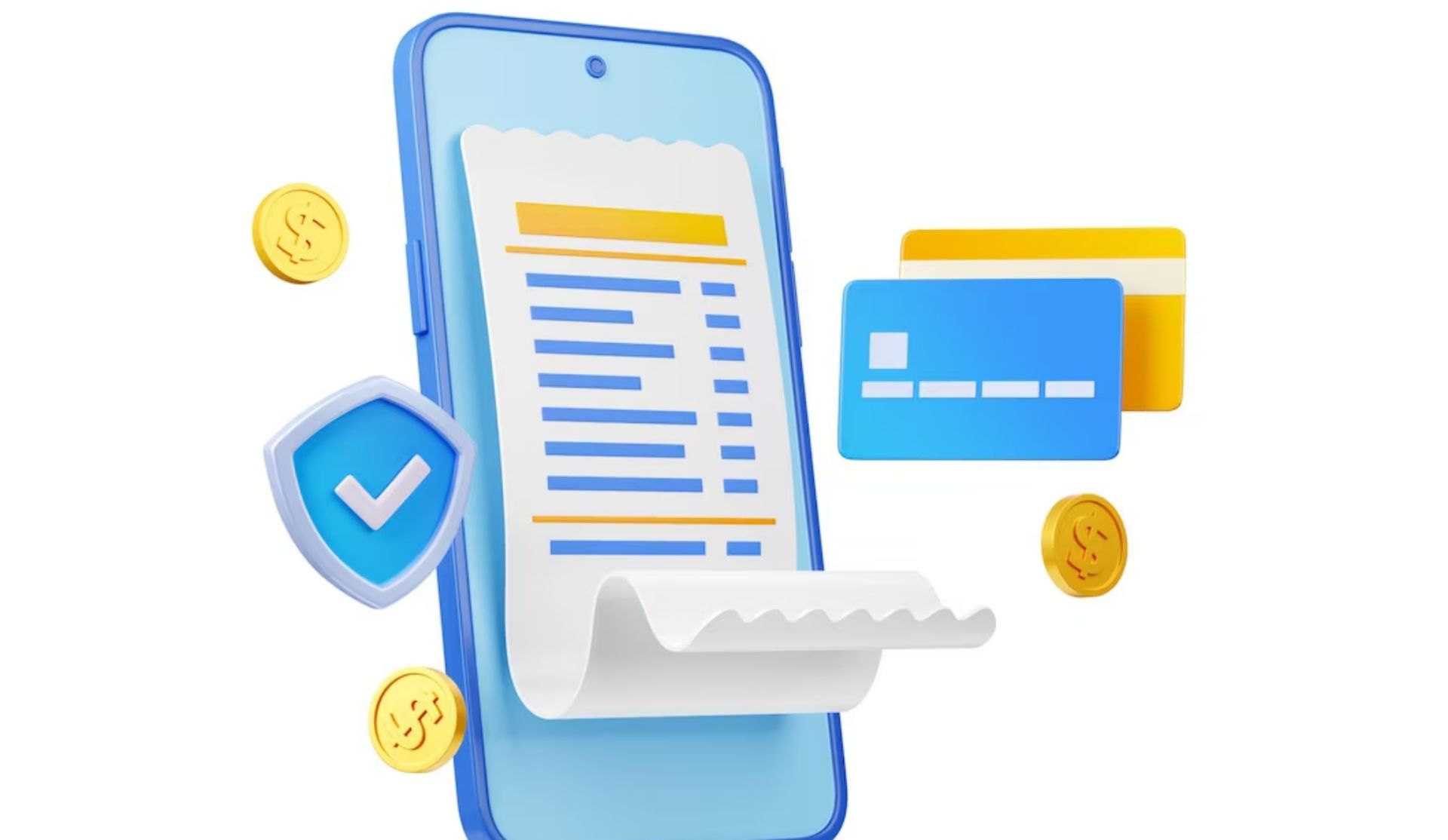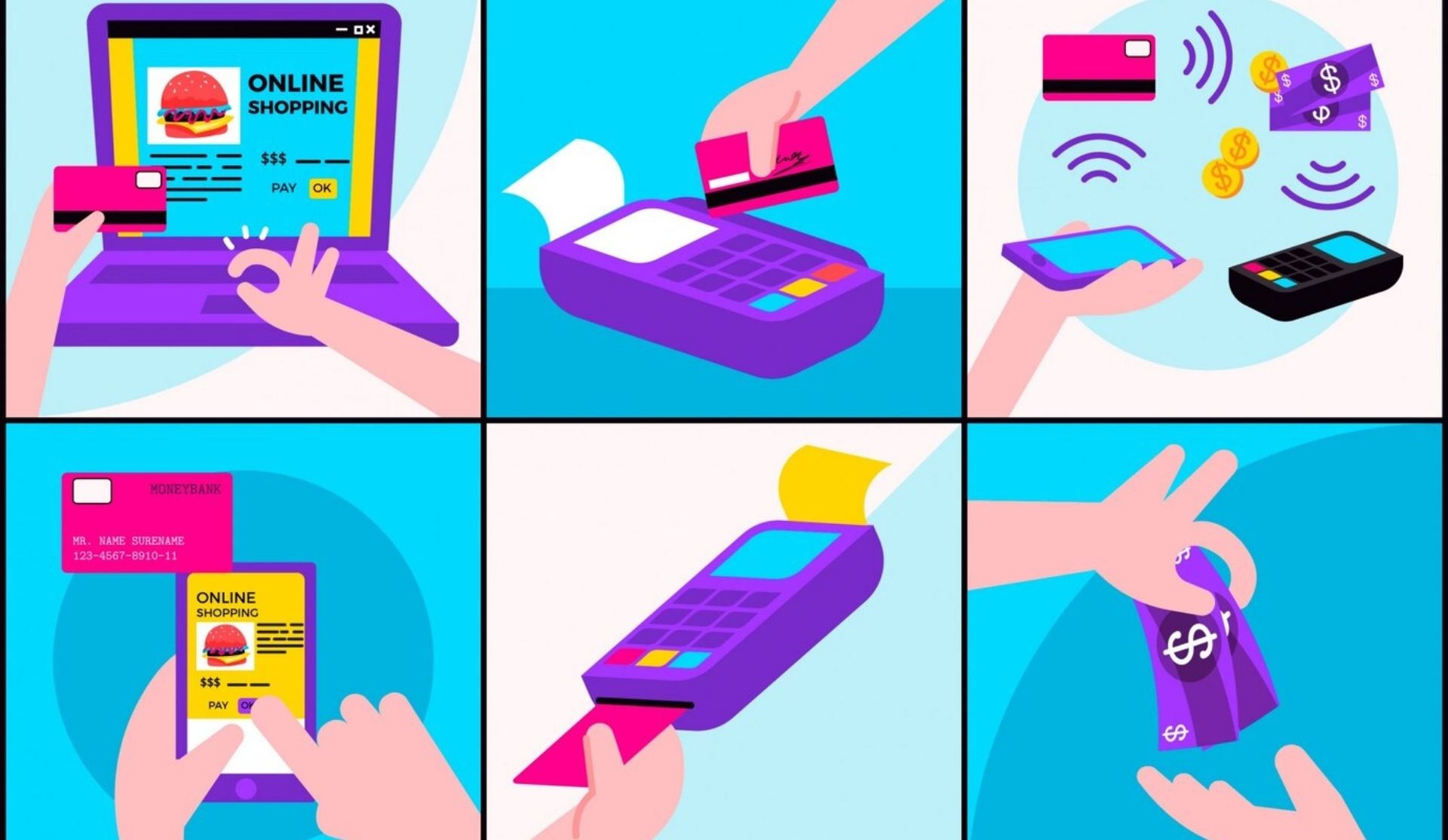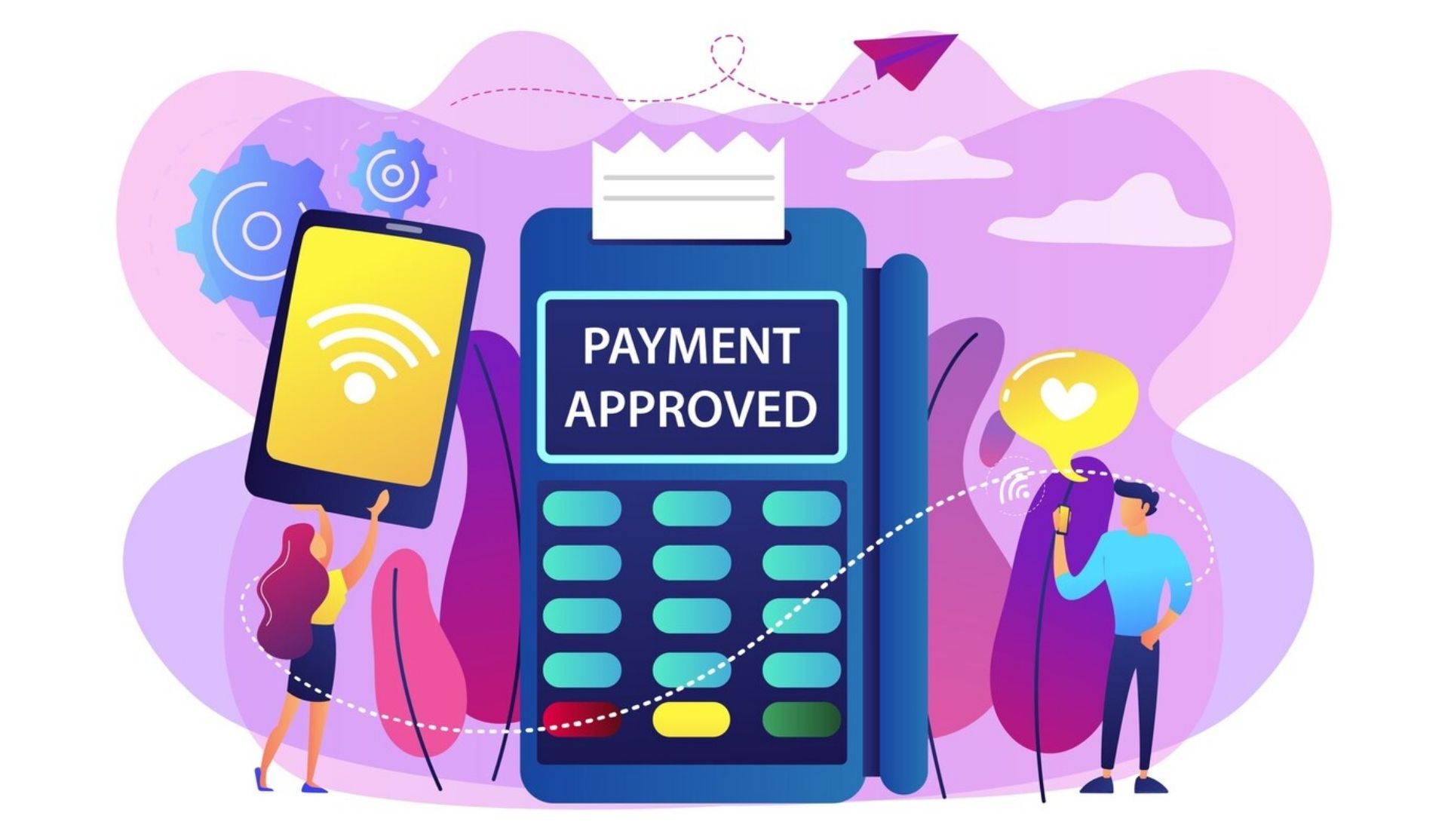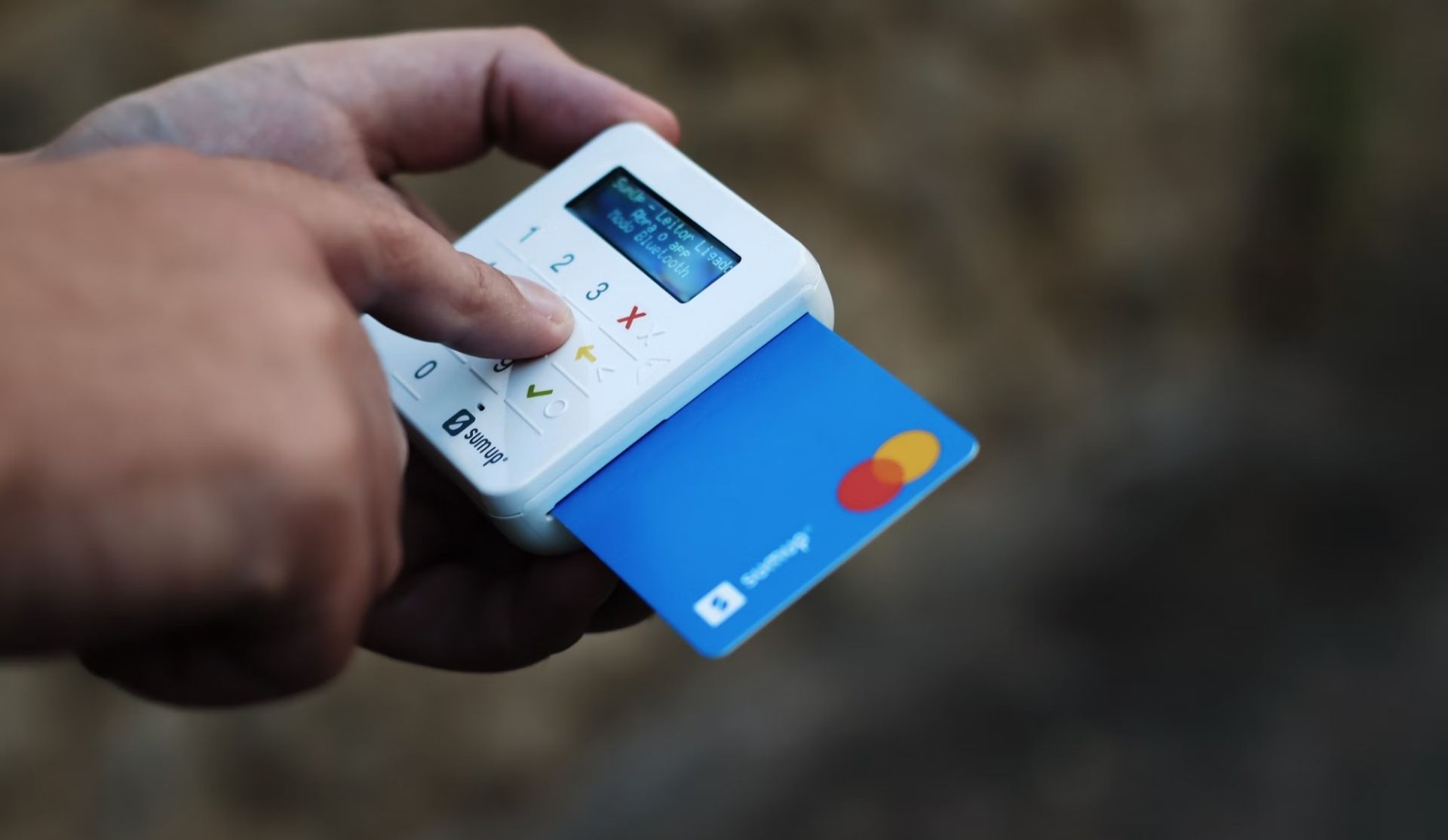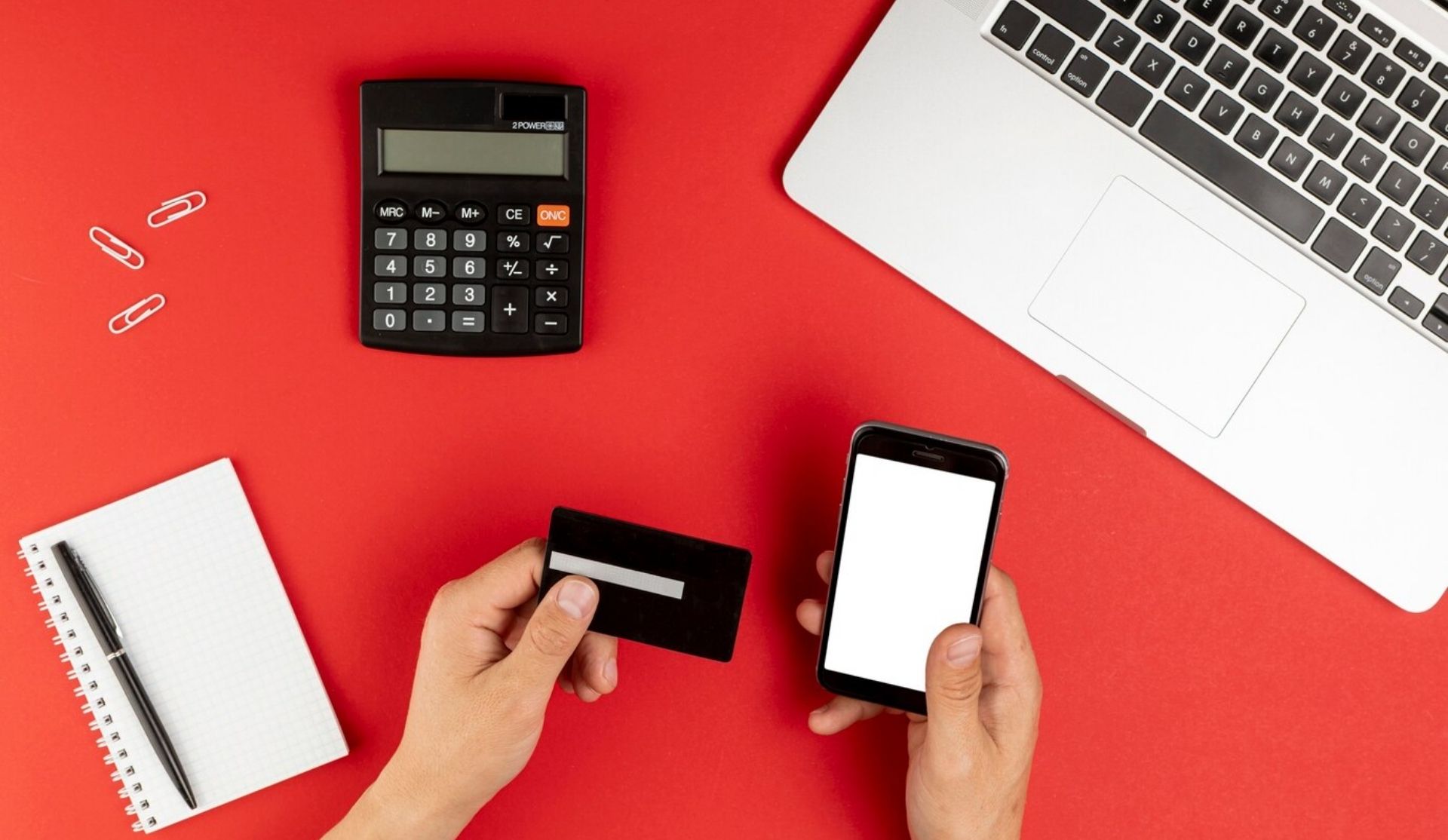When it comes to taking credit card payments, the pricing model you select can impact your bottom line more than you can imagine. Two of the most popular choices are flat-rate pricing and interchange-plus pricing.
Flat-rate pricing is easy and straightforward, so it’s a good choice for small or new companies. Conversely, interchange-plus pricing is more transparent and tends to be less expensive when you are growing your business, but it may seem slightly more complicated initially.
Knowing the advantages and disadvantages of each model will assist you in selecting the one that works best for your business.
Understanding Merchant Service Fees
Merchant service charges are the fees companies pay to take card payments. The fees are often a combination of a percentage of every sale along with a fixed amount, the specific amount varies based on various aspects such as the type of card used.
Debit cards will typically be the least expensive to process, followed by credit cards and, specially, business or commercial cards, which have more expensive fees.These fees typically consist of multiple components.
Interchange fees are determined by card networks such as Visa or Mastercard and include the expense of transferring funds between banks. They differ based on the type of card, the sector, and whether the transaction was online.
Payment gateway fees can be monthly or transactional for the technology that enables you to accept payments. Network assessment charges are also determined by card networks, but in contrast to interchange, they are paid directly to the networks to fund their operations.
Your payment processor might also charge its own fees for services such as authorizing transactions, settling payments, and providing customer support.If you accept foreign currency payments, you also need to be aware of hidden FX fees.
Some acquirers add their markup onto the exchange rate, making international sales more costly. By using a processor that supports multi-currency settlement, you can save money and eliminate more added expenses.
What Is Flat Rate Pricing?

One of the easiest methods of dealing with payment processing is flat rate pricing. Rather than having to worry about varying rates for varying card types, you pay the same percentage and charge on every transaction.
For example, if your flat rate is 2.9% plus 30 cents, a $100 payment will cost you $3.20 in charges. This model is favored by payment providers that consolidate many businesses under a single account, which makes it easy and fast to get started—often within just a few minutes of signing up.
Advantages and Disadvantages of Flat Rate Pricing
Flat rate pricing is easy and consistent, so it’s easy to know your precise costs on every transaction. It’s fast to set up, within a matter of minutes in most cases, and typically with no monthly fees, which is ideal for small or start-up businesses.
But the ease of use comes at a cost—fees can become more expensive as your sales increase, and since you’re a part of a shared account, there’s a chance for unexpected funding. You might also have less control and less support than you’d get with other pricing structures.
What Is Interchange Plus Pricing?

Interchange Plus pricing is an open approach to processing credit cards. Instead of paying one flat fee, you’re charged the actual interchange rate set by card networks like Visa or Mastercard, plus a small markup from your processor.For example, if the interchange fee is 1.81% and the processor adds 0.25% + 15 cents, your total on a $100 sale would be $2.21.
With this model, you have your own merchant account, meaning more control, quicker access to your funds, and better support. There is, however, a small monthly fee for most accounts, typically between $10 and $20.
Advantages and Disadvantages of Interchange Plus Pricing
Interchange Plus pricing is regarded as being more affordable since you clearly understand what portion of the fee the card networks receive and get a clear picture of the portion of your processor’s markup.
This is more transparent and usually cheaper if your business makes higher volumes of sales. You receive improved support, fewer opportunities for surprise funding, and total control of your own merchant account.
On the downside, the fee structure can be slightly more complex, there’s typically a tiny monthly fee, and the sign-up process may take several days rather than minutes.
Why Interchange Plus Becomes More Affordable as Your Business Expands

If you’re just starting off with modest sales per month, Flat Rate pricing will seem simpler and even a little less expensive. But as your volume of sales goes up, Interchange Plus soon becomes the more affordable option.
That’s because you’re paying the interchange fee plus a small markup, rather than a higher flat percentage on every single transaction.
| Monthly Volume | Flat Rate (2.90% + $0.30) | Interchange Plus (2.06% + $0.15) + $15/month |
| $1,000 | $32 | $21.60 + $15 = $36.60 |
| $5,000 | $160 | $108 + $15 = $123 |
| $10,000 | $320 | $216 + $15 = $231 |
| $25,000 | $800 | $540 + $15 = $555 |
| $50,000 | $1,600 | $1,080 + $15 = $1,095 |
| $100,000 | $3,200 | $2,160 + $15 = $2,175 |
Interchange Plus vs Flat Rate
| Feature | Flat Rate Pricing | Interchange Plus Pricing |
| Transaction Fee (example) | 2.90% + $0.30 | 2.06% + $0.15 |
| Merchant Account | Shared (aggregator | Dedicated merchant account |
| Monthly Fee | Usually none | $10–$2 |
| Setup Time | Very fast (minutes) | Slower (1–3 days) |
| Best For | Small/new merchants | Growing or high-volume merchants |
| Support & Flexibility | Basic | Advanced |
Tips for Picking the Best Pricing Model
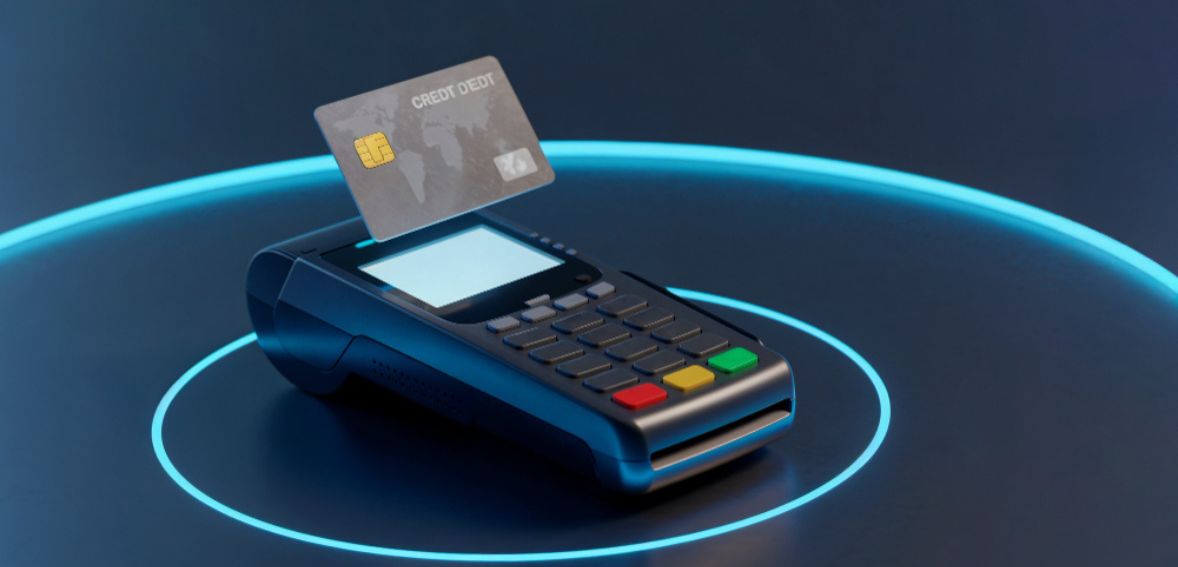
Choosing between flat rate and interchange plus pricing comes down to knowing your business in detail.
Begin by considering how many transactions you’re processing each month and what types of cards your customers tend to swipe. If everyone tends to use standard cards and your volume is light, a flat rate may seem easier.
But if you have more sales or your sales change often, interchange plus may pay off in the long run. Don’t forget to include both the per-transaction costs and any monthly fees when deciding.
The Appropriate Pricing Models for Various Industries
Not all industries profit from the same pricing model, so it’s appropriate to match the selection to your business type. For smaller retail stores or enterprises that only have a few sales per day, flat rate pricing may prove easiest because it is simple and predictable.
Conversely, B2B businesses and eCommerce stores that process voluminous payments and various types of cards generally benefit more from interchange plus pricing because it reduces cost and provides them with more control as the volume of sales increases.
Why Many Merchants Prefer Interchange Plus

More companies are opting for interchange plus rather than flat-rate pricing since it is usually more cost effective. Most consumers do not use high-end premium cards such as Amex Black or Visa Infinite.
They tend to pay using normal credit or debit cards that have lower interchange fees. In interchange plus, you are charged with those lower fees, thus saving on processing charges.
Another big reason is transparency. Flat-rate pricing bundles everything into one simple fee, but that fee usually includes a high markup. Interchange Plus, on the other hand, separates the actual card network fee from the processor’s margin. This makes it easier to see exactly what you’re paying for, and in most cases, it results in lower overall costs for your business.
How Much Businesses Save with Interchange Plus
Interchange-plus pricing has been more cost effective in numerous industries than flat-rate processors. Businesses, on average, save between 20% and almost 50% in payment processing expenses.
For instance, sectors such as education (33%), health and wellness (31.6%), and restaurants (31.5%) experience significant savings, whereas the gas stations (40.5%) save even significantly more. The largest gains are realized through enterprise and utilities, with savings of almost 48.5%.
Even lower-margin industries such as retail (25%) and wholesale (23%) experience significant decreases. This indicates that interchange-plus is not only clear but also a more intelligent long-term option for saving money.
Conclusion
Flat-rate or interchange-plus is simply a matter of where your business is currently and where it is going. Flat-rate is perfect if you desire simplicity and certainty, particularly for lower volumes.
But as your sales increase, interchange-plus tends to be the smarter, more economical choice because it’s transparent and has lower total fees.
The trick is to examine your volume of transactions, your customers’ paying habits, and your long-term objectives to determine which model will be most cost-saving for you and accommodate your expansion.
FAQs
What is the primary difference between flat-rate and interchange-plus pricing?
Flat-rate charges a single set fee per transaction, whereas interchange-plus is split into the actual interchange fee plus the processor markup.
Which of these models is best for small businesses?
Flat-rate is generally better for small or new businesses since it’s easy and straightforward to comprehend.
Why are larger businesses inclined towards interchange-plus?
Because it provides lower prices at higher volumes and greater fee transparency.
Are interchange-plus pricing plans subject to monthly fees?
Yes, most vendors have a small monthly fee, typically $10–$20.
Can I later switch from flat-rate to interchange-plus?
Yes, a number of businesses begin with flat-rate and transition into interchange-plus as they expand.

